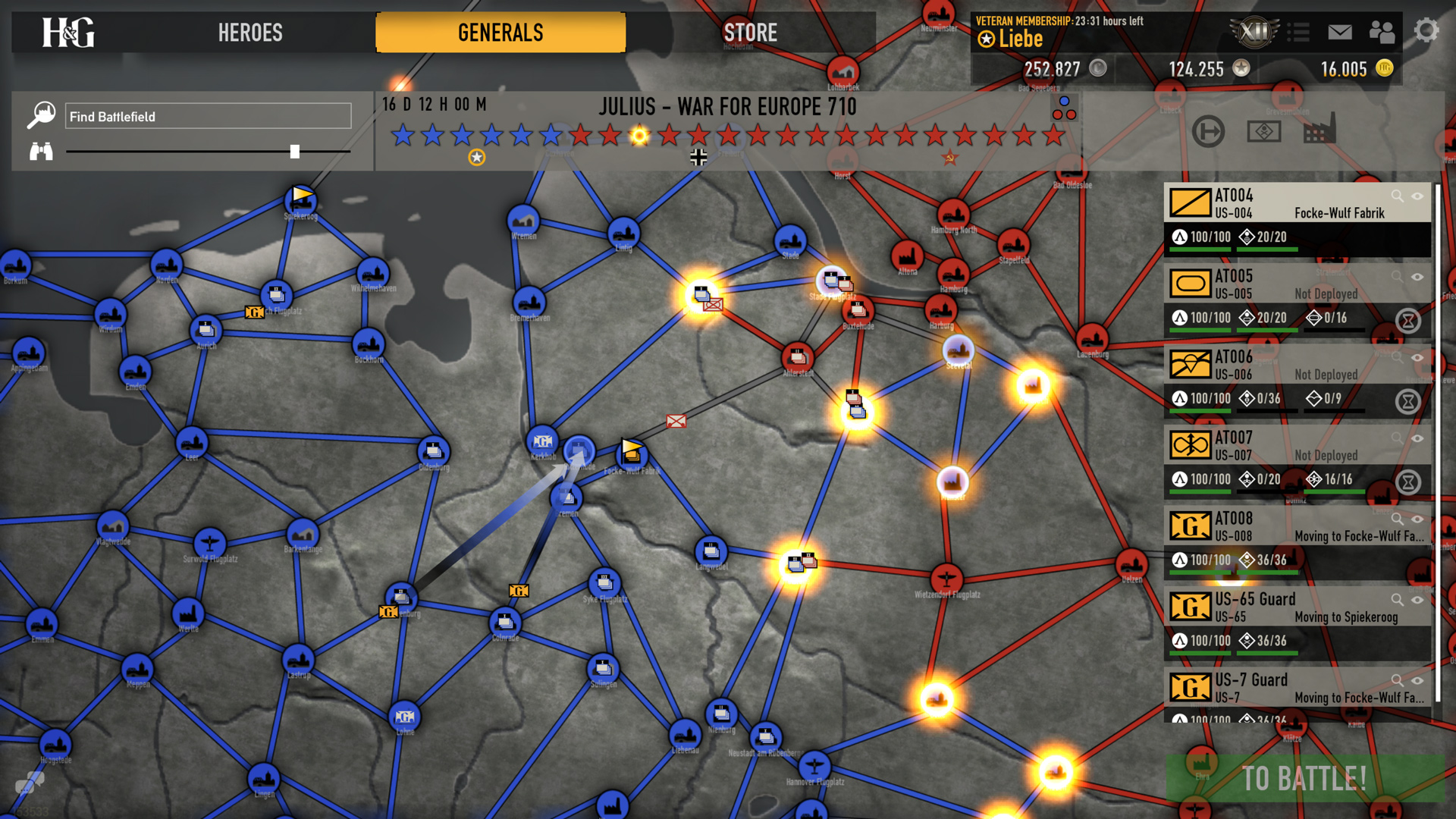

Sitting Bull died instantly from the gunshot wounds. A young man shot a member of the Indian police, who retaliated by shooting Sitting Bull in the head and chest. When he refused to go quietly, a crowd gathered. On December 15, 1890, Indian police woke the sleeping Sitting Bull in his bed at 6 a.m. Worried that the influential Sitting Bull would join the movement and incite rebellion, Indian police advanced on his cabin to arrest him. Followers believed that deceased tribe members would rise from the dead along with killed buffalo while all white people would disappear. Standing Rock Reservation soon became the center of controversy when the Ghost Dance Movement started gaining traction. He left the show in October at age 54 and never returned.

Sitting Bull rode in the show’s opening act, signed autographs and even met President Grover Cleveland, though he could also be mocked and booed onstage. Members of the Arapaho and Cheyenne tribes soon joined him. Sitting Bull’s anti-treaty stance won him many followers, and around 1869, he was made supreme leader of the autonomous bands of Lakota Sioux-the first person to ever hold such a title. The treaty created the Great Sioux Reservation and earmarked additional land for the Sioux in parts of South Dakota, Wyoming and Nebraska. government including Lieutenant General William Tecumseh Sherman. In 1868, Red Cloud, or Mahpiua Luta (1822-1909), chief of the Oglala Teton Dakota Sioux, signed the Fort Laramie Treaty with 24 other tribal leaders and representatives of the U.S. These face-offs convinced Sitting Bull to never sign a treaty that would force his people onto a reservation.

forces under General Alfred Sully surrounded an Indian trading village, eventually forcing the Sioux to retreat. military again at the Battle of Killdeer Mountain on July 28, 1864, when U.S. Sitting Bull was shot and killed by Indian police officers on Standing Rock Indian Reservation in 1890, but is remembered for his courage in defending native lands. The ensuing Great Sioux Wars culminated in the 1876 Battle of Little Bighorn, when Sitting Bull and Crazy Horse led united tribes to victory against General George Armstrong Custer. government ignored the treaty and began to remove native tribes from their land by force. The 1868 Fort Laramie Treaty granted the sacred Black Hills of South Dakota to the Sioux, but when gold was discovered there in 1874, the U.S. 1831-1890) was a Teton Dakota Native American chief who united the Sioux tribes of the American Great Plains against the white settlers taking their tribal land.


 0 kommentar(er)
0 kommentar(er)
